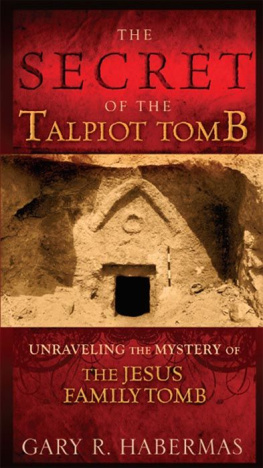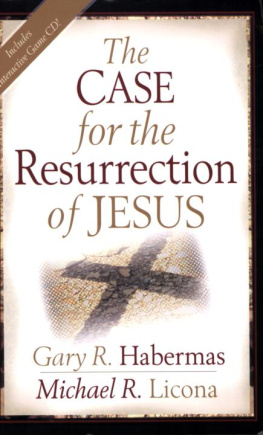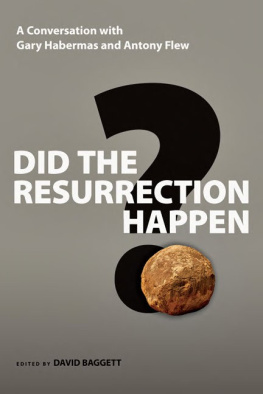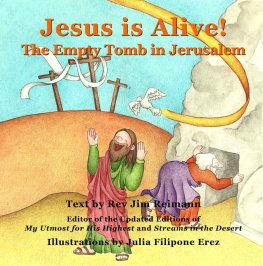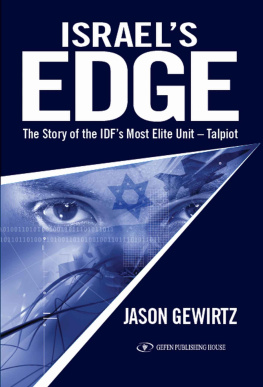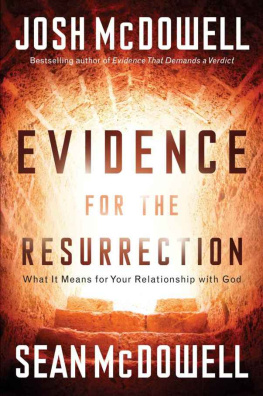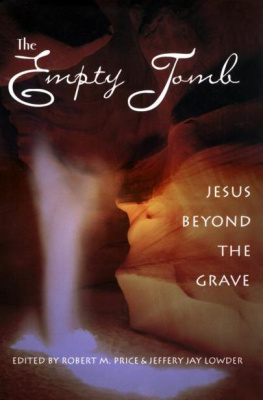


THE SECRET OF
THE TALPIOT TOMB:
UNRAVELLING THE MYSTERY
OF THE JESUS FAMILY TOMB
1.
INTRODUCTION
TALPIOT TOMB AND
JEWISH BURIAL PRACTICES
2.
THE TALPIOT TOMB
SETTING, UP THE DEBATE
3.
A TALPIOT TOMB CRITIQUE, PART 1
FAMILY NAMES, MARY MAGDALENE,
THE JAMES OSSUARY, AND DNA
4.
A TALPIOT TOMB CRITIQUE, PART 2
STATISTICAL ARGUMENTS, OTHER
PROBLEMS, AND CONCLUSIONS
5.
THE EVIDENCE
THE RESURRECTION OF JESUS
PREFACE
The bodily resurrection of Jesus from death is and has been a core belief of Christians. This claim on the part of Jesus' followers was challenged immediately and has continued to be challenged. One of the boldest approaches to showing that Jesus' bodily resurrection is myth or a theological embellishment and not fact is the claim that came in early 2007: Odds are 600 to 1 that Jesus' bones have been found in a tomb in a southeast suburb of Jerusalem.
Many have criticized the sensationalism of the documentary and book that make this claim. One of the values of the so-called Talpiot Hypothesis is its clarity and boldness. It's a faith shaker. One believer wrote to Christian philosopher William Lane Craig,
My faith has really been shaken by the supposed discovery of Jesus' family tomb. I tell myself this isn't really it, but the nagging doubts remain. Please help me!
Much help of the kind this believer was seeking has been and is available on the Internet. The number of hits on my own website increased sharply in the days following this announcement. The press soon moved on to other stories as Easter came and went. But for many like one whose faith was shaken by the discovery of the Jesus family tomb, they may not have come to a resolution concerning the claim that there's a high probability that Jesus bones have been found.
In this short volume, I have sought to lay bare the claims of the high probability that Jesus' bones have been found and to assess those claims and the evidence offered for them. Understanding how well these claims stand up to scrutiny can be important not just for evaluating this claim but for knowing the solid evidential ground on which Jesus' bodily resurrection rests. Every believer owes it to himself to understand the logic of the resurrection.
CHAPTER 1
INTRODUCTION
THE TALPIOT TOMB AND
JEWISH BURIAL PRACTICES

Photo: Getty Images
At first almost no one noticed. Israeli archaeologist Amos Kloner reported that on March 28, 1980, the entrance to a Jewish burial tomb was discovered in the East Talpiot region of Jerusalem. Still there was not much of a splash.

Photo: NASA/GSFC/METI/ERSDAC/JAROS, and U.S./Japan ASTER Science Team
The undisputed facts of the case were quite simple. In the Talpiot Tomb, ten ossuaries, or stone bone boxes, were found, six of which had names inscribed on them. The controversy arose as certain individuals tried to match those names to particular historical figures, including Jesus of Nazareth.
Professional archaeologist Eliot Braun was the first to be dispatched to the site, according to Simcha Jacobovici and Charles Pellegrino. Yosef Gat, an antiquities inspector, went as well. Kloner, another Israeli archaeologist and Ph.D. student, also joined this team of investigators.
Jewish Burial Practices and Jesus' Burial
The Jews required that dead bodies be buried within 24 hours after death. Typically, two sorts of Jewish burial practices were used in the first century A.D. The less common, but better known, involved a burial cave or tomb cut out of the rock that surrounded the city of Jerusalem. Each such tomb included one or more chambers surrounded by rows of loculi, which were burial compartments about the length of a body, also cut into the rock.

First century loculi at Midras. Photo:HolyLandPhotos.org
Each tomb belonged to an extended family and the dead were buried there over several generations. Upon the death of a family member, the dead body was washed, annointed with oil, and then wrapped in a burial shroud. It was then placed in a loculus, with the opening being sealed with a stone slab. Another stone was placed over the outside entrance to the tomb.
First century example of a rolling tombstone from Midras, southwest of Jerusalem. Photo:HolyLandPhotos.org

The body would lie in the tomb for a year or so, during which time the flesh decayed. When only the person's bones remained in the tomb, they were gathered and placed in a stone ossuary (or bone box) and reburied. In a minority of circumstancesabout one quarter of the timenames were then carved on the side of the box. Often more than one person was buried in these bone boxes, seriously complicating the matter of later identifying the remains. These ossuaries were only used for 100 years or so.
BURIAL PROCESS

Cut stone tombs were very expensive, so the more common way to bury the dead was used chiefly by poorer members of Jewish society. In this case, the majority of the population buried their loved ones in simple, individual trench graves dug into the ground, similar to the way we bury our dead today. The dirt was then moved back into the trench and a crude headstone was usually placed at one end of the burial site to mark the spot. This was not at all dishonorable, but was the most common means of burial. In these cases, nothing would remain to rebury after a year.
Of the two sorts of Jewish burial, the use of the rock tomb is better known today, probably due to the case of Jesus' death and burial. Magness notes that the Gospels are not only our earliest sources, but that they accurately describe the burial by Joseph of Arimathea in a loculus of his family's own tomb. The body had to be buried before the Sabbath began that same day at sundown. Otherwise they would have to wait until Saturday night, after the Sabbath ended. However, that would have exceeded the requirement for burying a dead body within 24 hours. Joseph had to act very quickly.

First century loculi at the Church of the Holy Sepulcher, Jerusalem. Photo:HolyLandPhotos.org
So Joseph procured Jesus' dead body, wrapped it in linen, included spices, and made sure that it was buried hastily late Friday afternoon in his own family tomb. In this, the Gospels show familiarity with Jewish Law.
Next page
